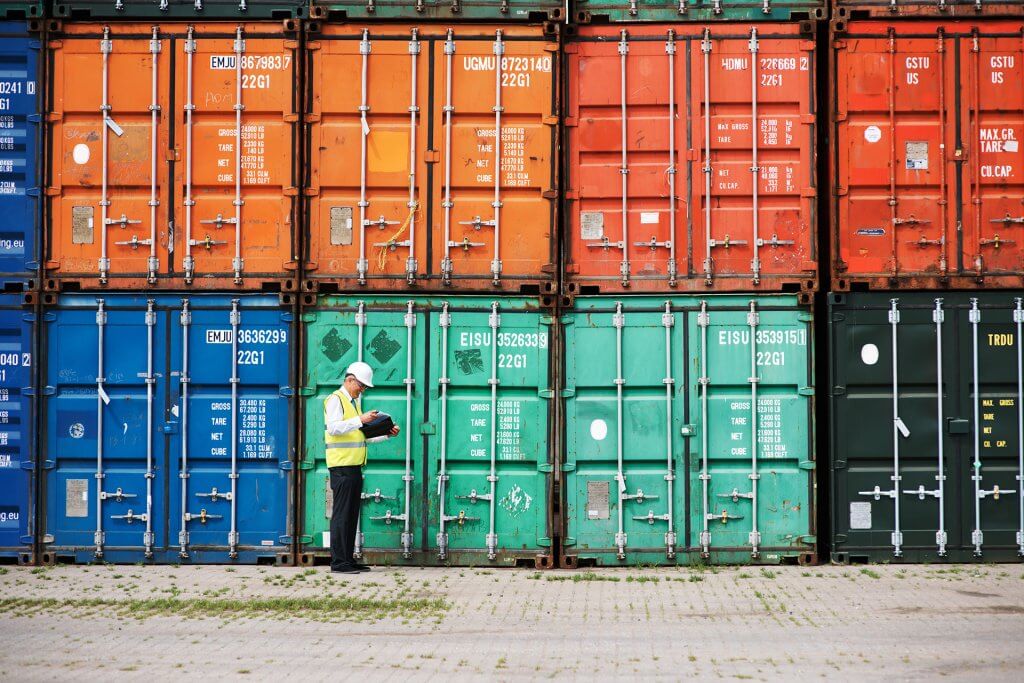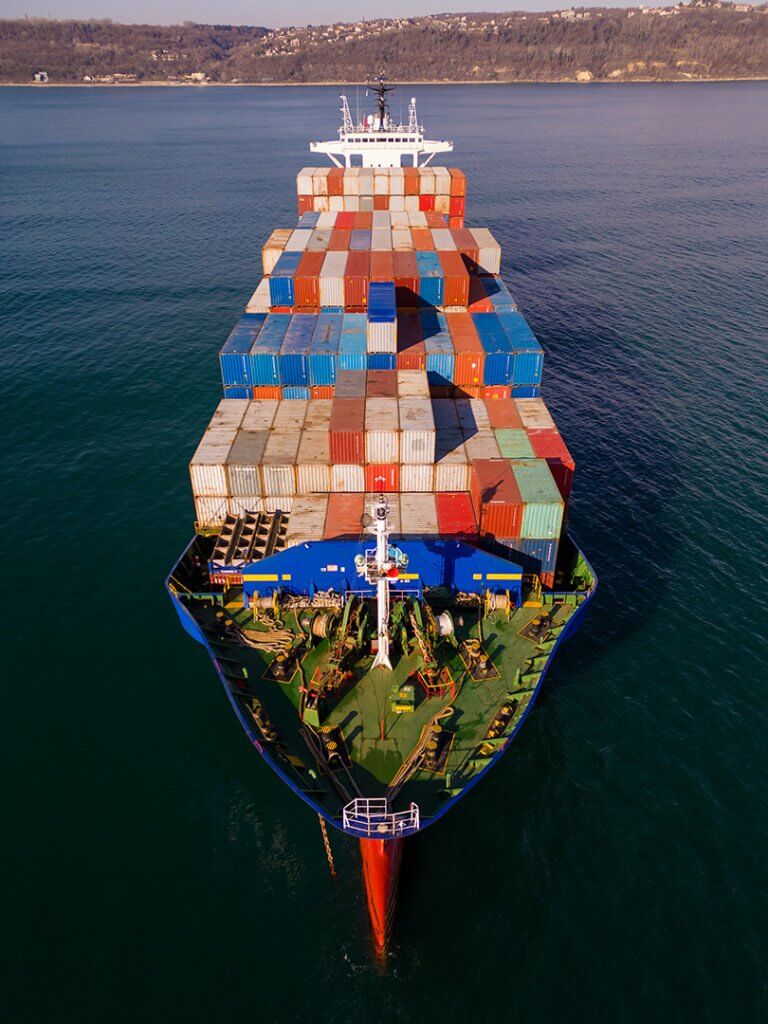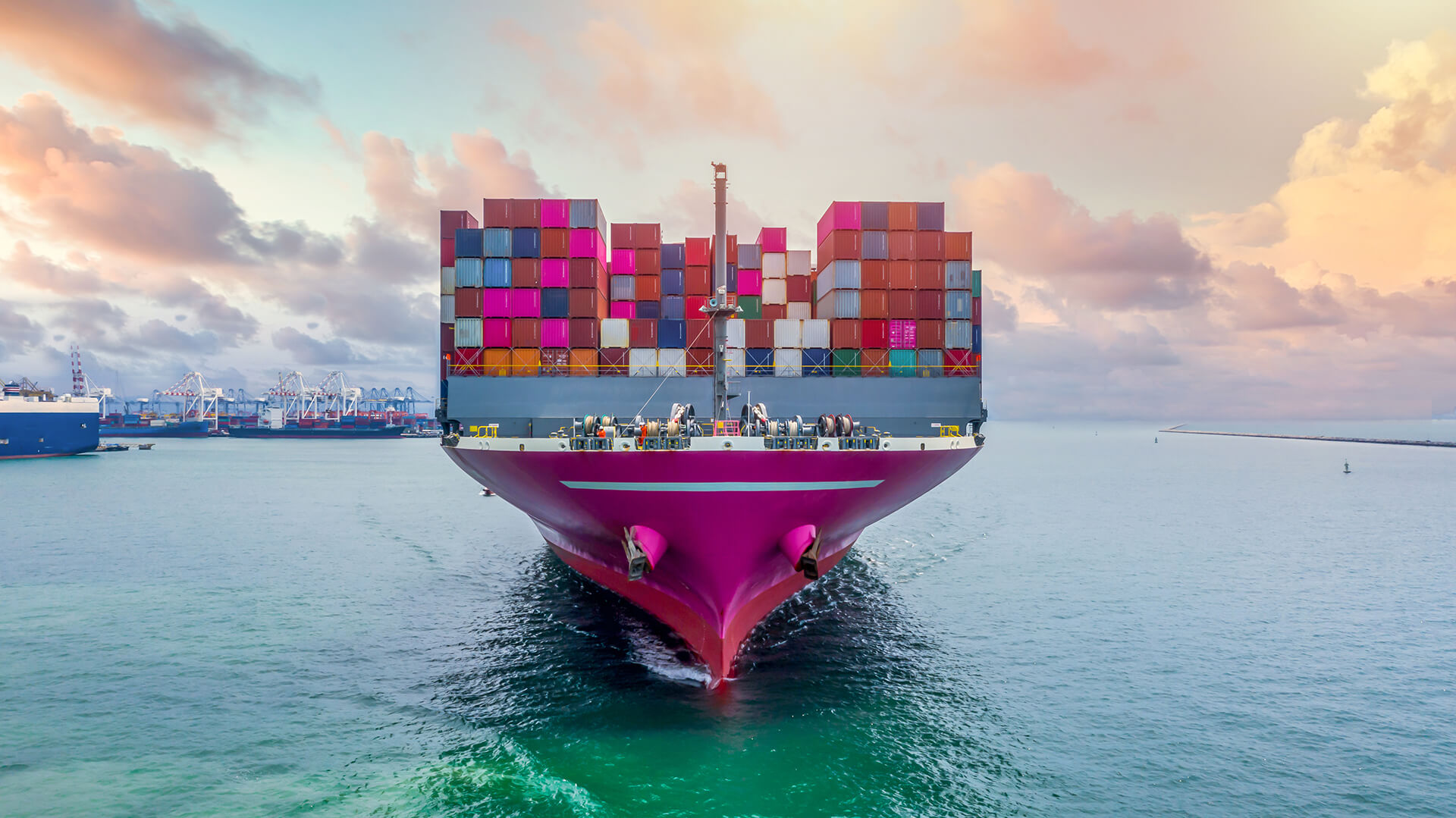The evolution of containerization in Mobile Bay is a story of transformation, innovation, and strategic growth, turning this natural harbor into a major hub for global trade. Located along the Gulf Coast of Alabama, Mobile Bay has long been an essential shipping port, originally serving as a point of entry for cargo in the early 1700s. However, the advent of containerization in the mid-20th century marked a pivotal shift, paving the way for the port’s evolution from a regional player to a competitive force in global logistics.
The Beginnings of Containerization in Mobile Bay
Containerization was introduced globally in the 1950s and rapidly became the preferred method for transporting goods due to its efficiency, security, and cost-effectiveness. Mobile Bay embraced containerized shipping in the late 1960s and early 1970s, joining ports around the world in adopting standardized container sizes that allowed for easy transfer between ships, trains, and trucks. Initially, this transition was gradual, with the port handling a mix of traditional break-bulk cargo and containers.
However, the Port of Mobile’s leadership saw the potential in containerization to streamline operations and attract more international shipping routes. In response, the Alabama State Port Authority began investing in upgraded infrastructure, laying the groundwork for Mobile Bay to handle increased containerized traffic as global trade continued to grow.

Infrastructure Investments and Growth in the 2000s
The 21st century brought exponential growth to the Port of Mobile. In 2008, APM Terminals Mobile opened, creating the port’s first container terminal. This state-of-the-art facility significantly increased the port’s container-handling capacity and introduced specialized cranes and technology that improved loading and unloading efficiency. With direct access to key rail and interstate connections, the terminal transformed Mobile Bay into a prime intermodal hub capable of moving goods seamlessly across the southeastern United States.
These infrastructure developments arrived at an opportune time, as the expansion of the Panama Canal in the 2010s allowed larger vessels to travel from Asia to Gulf Coast ports. Mobile Bay was well-positioned to attract these larger container ships, further strengthening its role as a vital link in the global supply chain.
Recent Expansion Projects and Technological Advancements
Today, Mobile Bay continues to grow and evolve. A significant deepening and widening project is underway, aiming to make the channel accessible to ultra-large container vessels that carry upwards of 10,000 TEUs (twenty-foot equivalent units). This project, expected to be completed by the mid-2020s, will allow the port to handle some of the world’s largest container ships, making it a competitive alternative to larger East and West Coast ports.
Alongside physical expansions, technological advancements have further modernized Mobile Bay’s container operations. Real-time tracking systems, digitalized inventory management, and automated cranes allow for increased efficiency and faster turnaround times. These tools also enhance security and transparency, enabling shippers and carriers to monitor cargo at every stage of its journey.
Mobile Bay’s Role in the Future of Global Trade
Mobile Bay has become a vital hub for industries like automotive, agriculture, and manufacturing, particularly as U.S.-Asia trade continues to expand. The port’s growth supports local and regional economies, creating thousands of jobs and providing companies with more efficient access to international markets.
As global trade dynamics shift and supply chains adapt to new challenges, Mobile Bay’s focus on expansion and modernization ensures it remains resilient and competitive. From a historical harbor to a high-tech container port, Mobile Bay’s journey reflects the profound impact of containerization on regional and global trade. With its strategic location, cutting-edge facilities, and ambitious plans, Mobile Bay stands poised to continue its evolution as a leading gateway in the Gulf Coast—and a key player in the future of containerized shipping.


